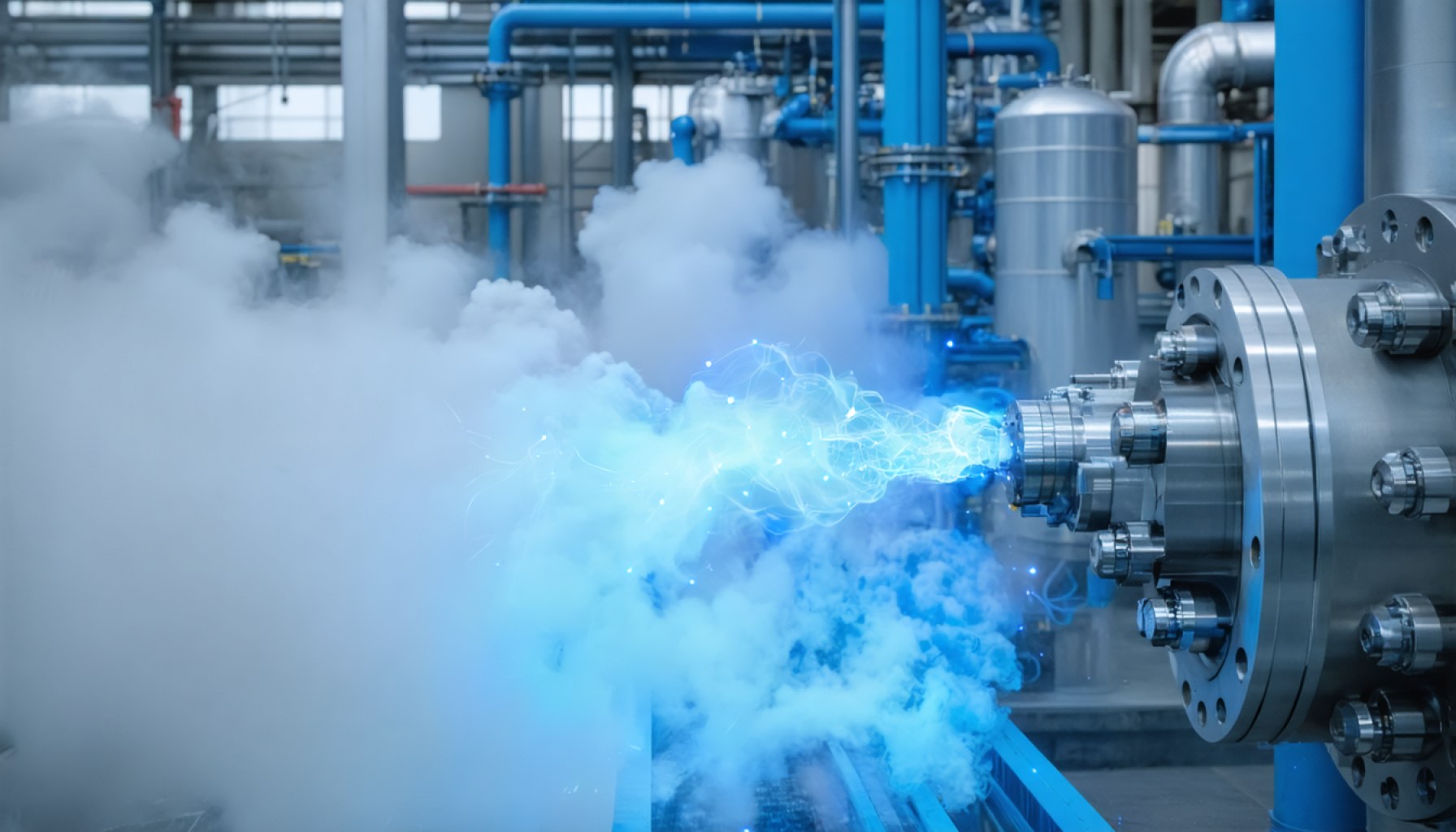- Endua introduces a versatile, scalable electrolyser revolutionizing hydrogen production in Queensland.
- The electrolyser operates by splitting water molecules, producing up to 4kg of hydrogen per hour using green energy.
- Innovative water treatment allows the use of tap water, eliminating the need for costly water and reducing transportation demands.
- Successfully implemented at Archerfield Airport, the technology powers sustainable aviation and supports clean-energy goals.
- Potential applications span mining, logistics, and remote areas, offering an emissions-free alternative to diesel fuel.
- This breakthrough ushers industries toward a sustainable future with rapid, adaptable hydrogen solutions.
In the heart of Queensland, fresh winds of change are blowing through the energy sector. Endua, a clean-tech trailblazer, has ignited hope with its next-gen electrolyser, reshaping how we think about hydrogen production. Imagine a future where businesses, not reliant on cumbersome supply chains, can craft their hydrogen effortlessly on-site. This isn’t mere fantasy—it’s happening now, with a tidy bow of practicality wrapped around it.
Crafted for versatility and scalability, Endua’s electrolyser transforms the ancient science of electrolysis into a sleek, adaptable powerhouse. At the core, it operates by splitting water molecules—using the gigawatts of potential harbored in electricity (preferably green, naturally). Envision each module as a self-contained dynamo, capable of churning out up to 4 kilograms of hydrogen every single hour. Compact yet formidable, it fits snugly into any existing facility without back-breaking renovations.
What truly sets this invention apart is its savvy water treatment system. Tap water flows in, worldly problems drift away. This innovation means costly pure waters are yesterday’s constraints, slashing the need for energy-draining transportation and storage of hydrogen.
At Brisbane’s Archerfield Airport, this technology already triumphs. In a mere six hours, the hydrogen power bank was live, pulsating ready energy into aviation’s future. This marvel not only promises to keep planes airborne longer but also aligns with the airport’s lofty clean-energy ambitions.
The ripple effects spread far beyond runways. Across mining, logistics, and even remote constructs, the potential usages are as vast as Australia’s outback. Where diesel once boomed, hydrogen can now quietly, efficiently fuel an emissions-free tomorrow. This is progress; it is rapid, adaptable, and poised to lead industries into a sustainable dawn.
Discover How Endua is Revolutionizing Hydrogen Production and Ushering a Green Future!
How-To Steps & Life Hacks
How-To: Implement Endua’s Electrolyser in Your Business
1. Assess Your Energy Needs: Determine the hydrogen requirements for your facility. Knowing your power consumption helps in deciding the number of electrolyser modules needed.
2. Site Preparation: Ensure there’s adequate space for installation. Since Endua’s design is compact, it should integrate smoothly with minimal restructuring.
3. Install the Electrolyser: Partner with certified technicians recommended by Endua for installation, ensuring all safety and regulatory protocols are followed.
4. Initiate Water Flow: Connect the system to a reliable tap water source. Endua’s advanced water treatment will handle the purification on-site.
5. Monitor Operations: Take advantage of integrated monitoring systems for real-time feedback, optimizing hydrogen production as needed.
6. Scale When Ready: Thanks to the system’s scalability, additional units can be added with growing demand.
Real-World Use Cases
– Aviation: Archerfield Airport in Brisbane demonstrates the practicality of on-site hydrogen production, reducing aircraft downtime and emissions.
– Mining Industry: Replace diesel generators with hydrogen fuel cells, reducing CO2 emissions and promoting environmental stewardship.
– Logistics: Implement hydrogen-powered fleets to cut dependence on fossil fuels, improving operational efficiency and sustainability.
Market Forecasts & Industry Trends
The global green hydrogen market is predicted to grow significantly, reaching $58.52 billion by 2025, as per a report by Allied Market Research. Innovations like Endua’s next-gen electrolyser are pivotal in driving industry growth by making hydrogen production more accessible and efficient.
Reviews & Comparisons
Compared to traditional electrolysers, Endua’s model stands out due to its compact size, efficient water treatment system, and adaptability to various industries. It offers a practical solution for businesses looking to incorporate sustainable practices without overhauling existing infrastructure.
Controversies & Limitations
One potential limitation is the initial cost of deploying large-scale hydrogen infrastructure. However, long-term savings and environmental benefits tend to outweigh these upfront expenses.
Features, Specs & Pricing
– Capacity: Generates up to 4 kg of hydrogen per hour.
– Infrastructure Needs: Requires a standard tap water supply.
– Pricing: While prices are variable depending on scale and industry needs, the competitive pricing model ensures rapid ROI.
Security & Sustainability
Endua’s electrolyser enhances sustainability by cutting down on the transport and storage of hydrogen. By producing hydrogen on-site, security risks associated with storage are minimized.
Insights & Predictions
Experts foresee that as technology advances, the cost of production and installation will significantly drop, making green hydrogen even more feasible across diverse sectors.
Tutorials & Compatibility
The system comes with robust tutorials to streamline the learning curve for operators and ensure they can maximize the electrolyser’s potential efficiently.
Pros & Cons Overview
Pros:
– Environmentally friendly with zero emissions.
– Scalable and adaptable across industries.
– Reduces dependency on external supply chains.
Cons:
– Initial setup costs may be high.
– Requires reliable access to electricity and water.
Actionable Recommendations
– Evaluate Your Facility’s Readiness: Before switching to hydrogen, conduct a thorough analysis of your current energy infrastructure and potential cost savings.
– Start Small, Scale Up: Begin with a single module and expand as needed, minimizing risks and capital expenditures.
– Leverage Incentives: Utilize governmental subsidies and grants for clean energy projects, which can lower initial costs.
For more information on green hydrogen solutions, visit Endua.
Embrace the hydrogen revolution early to stay ahead in the green transition and ensure your business remains at the forefront of industry innovation.
